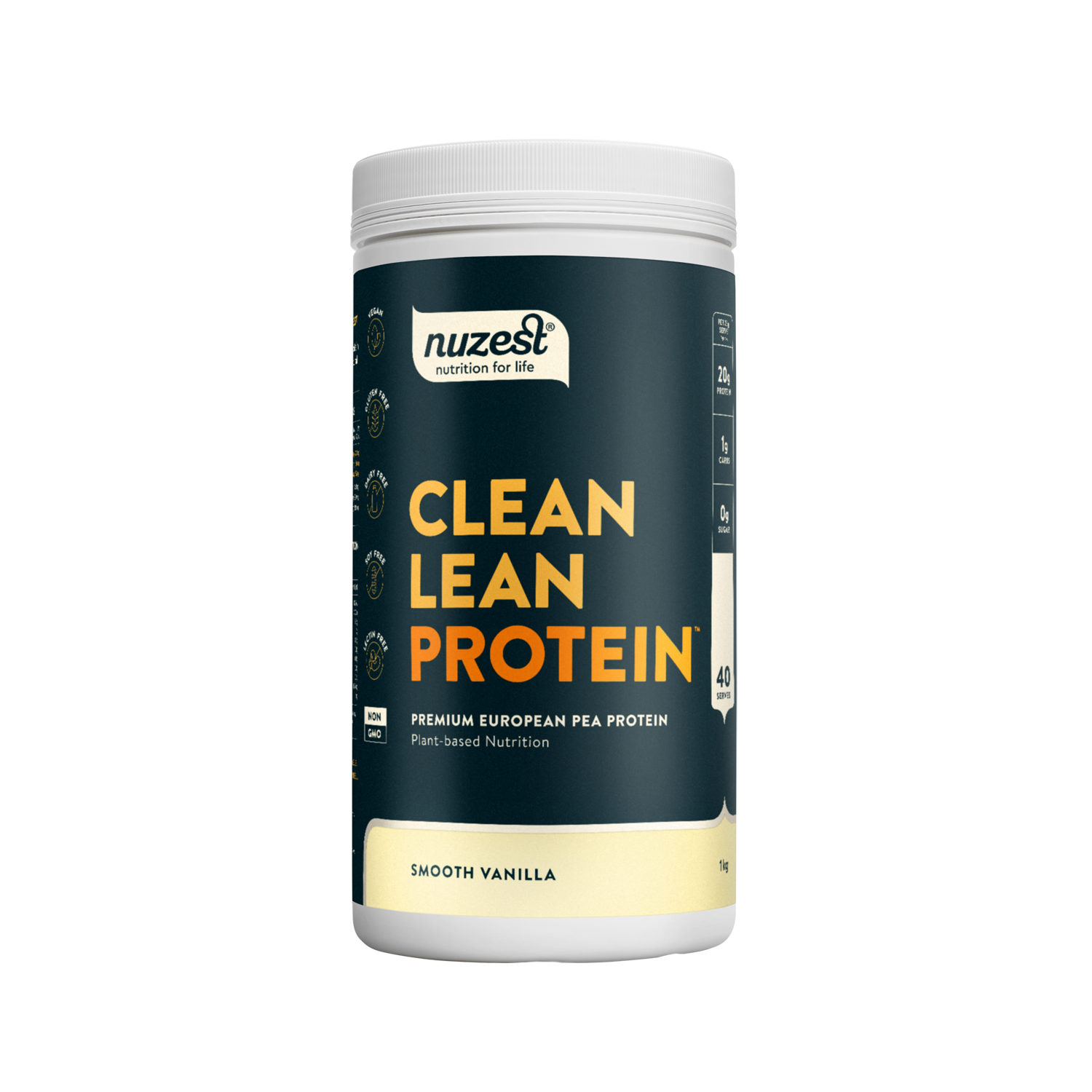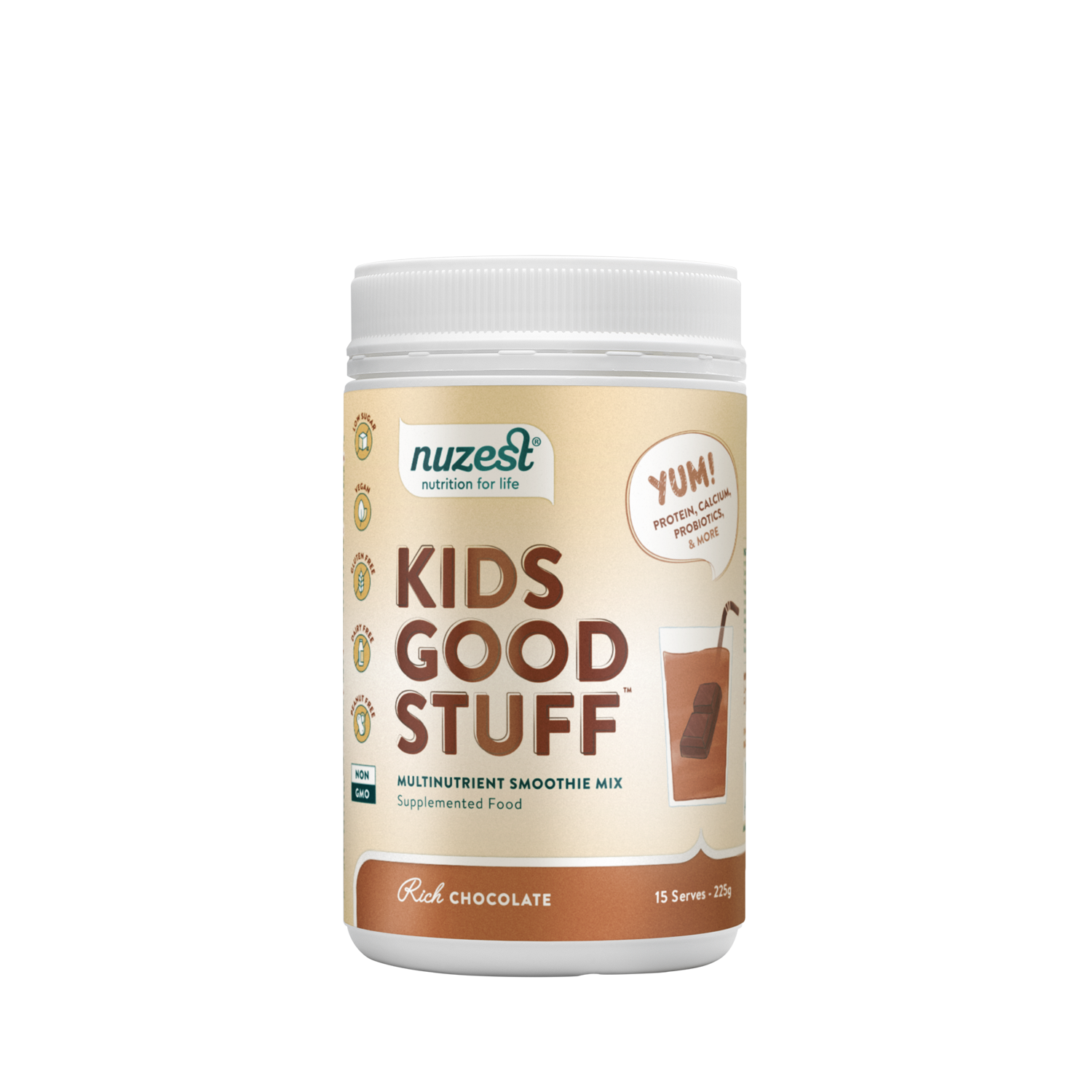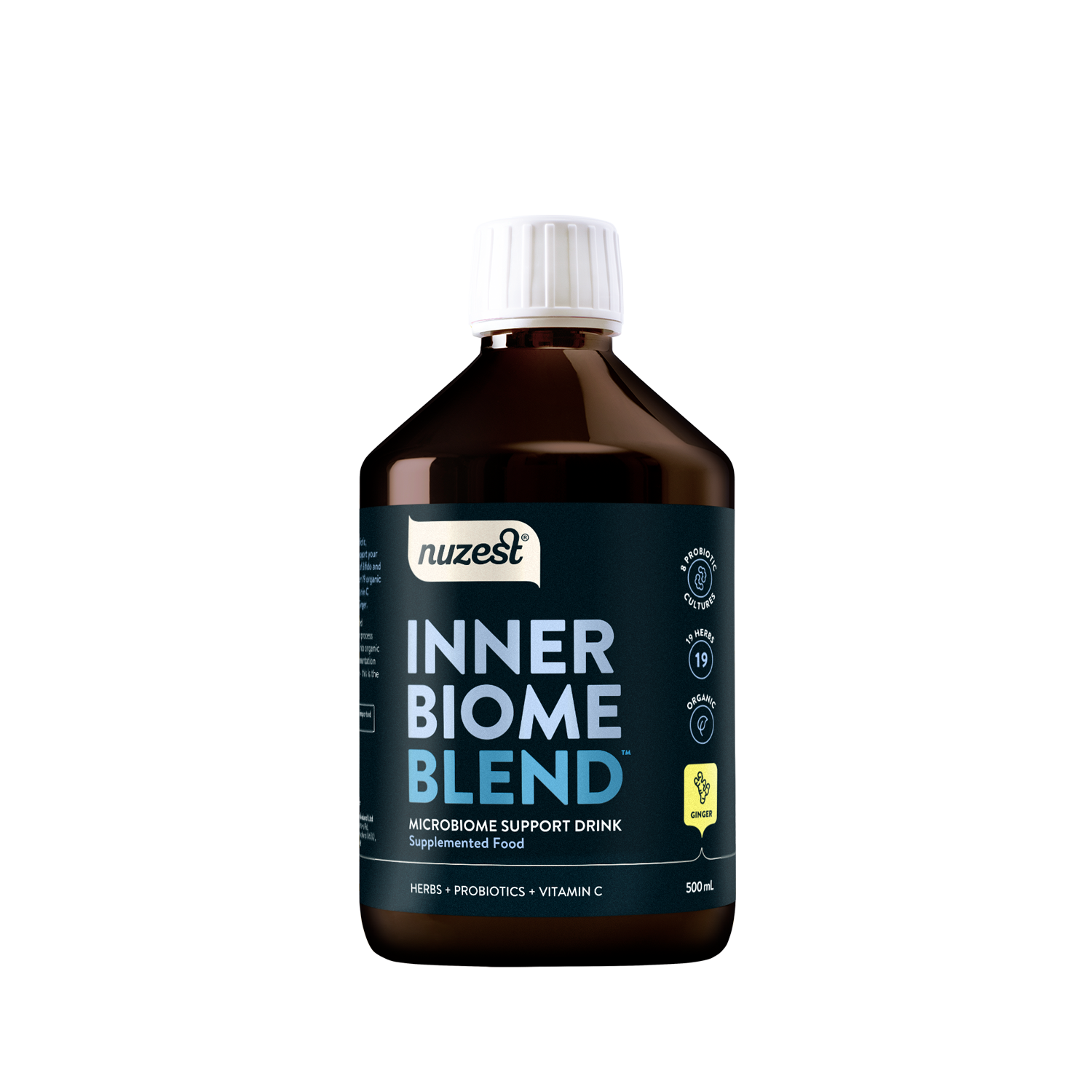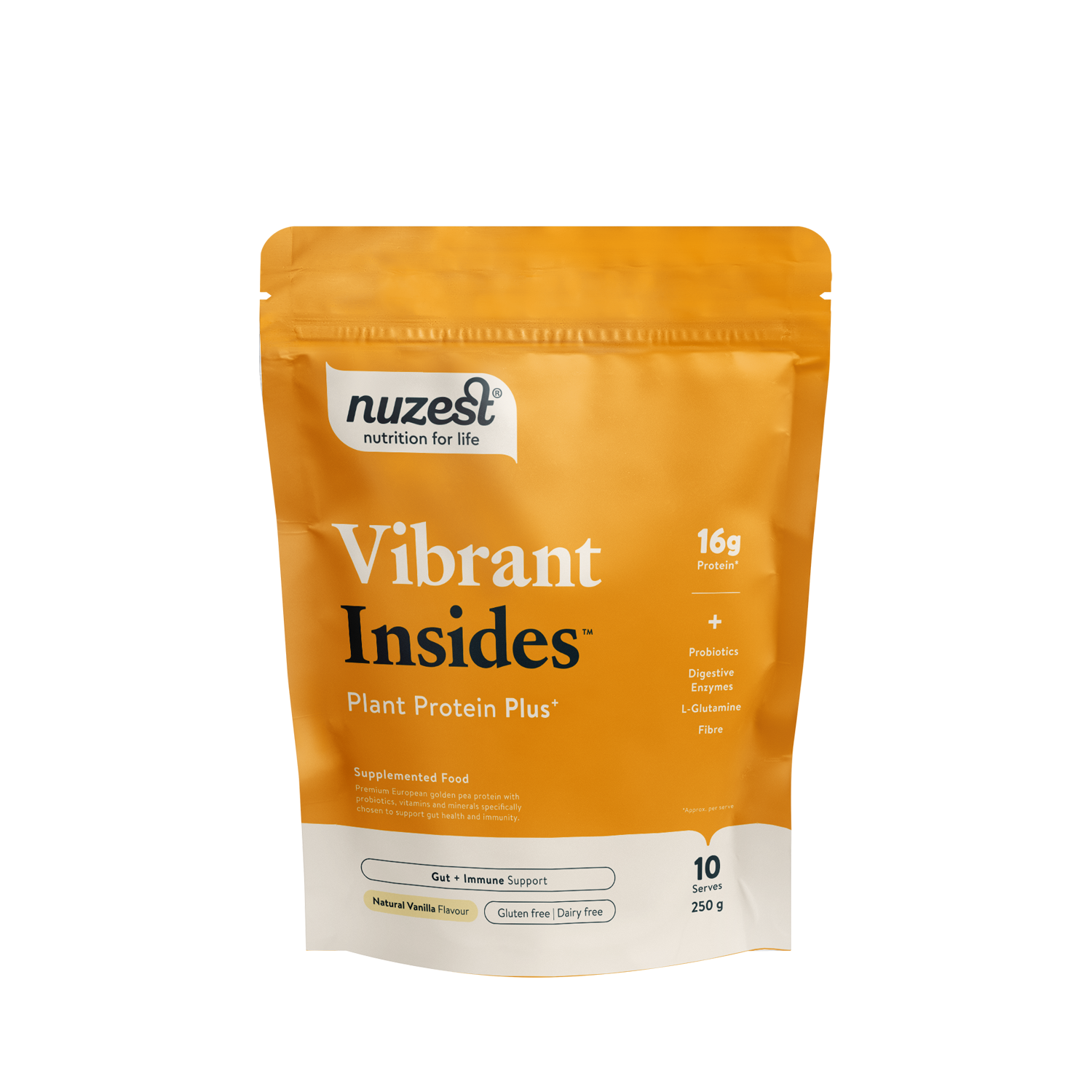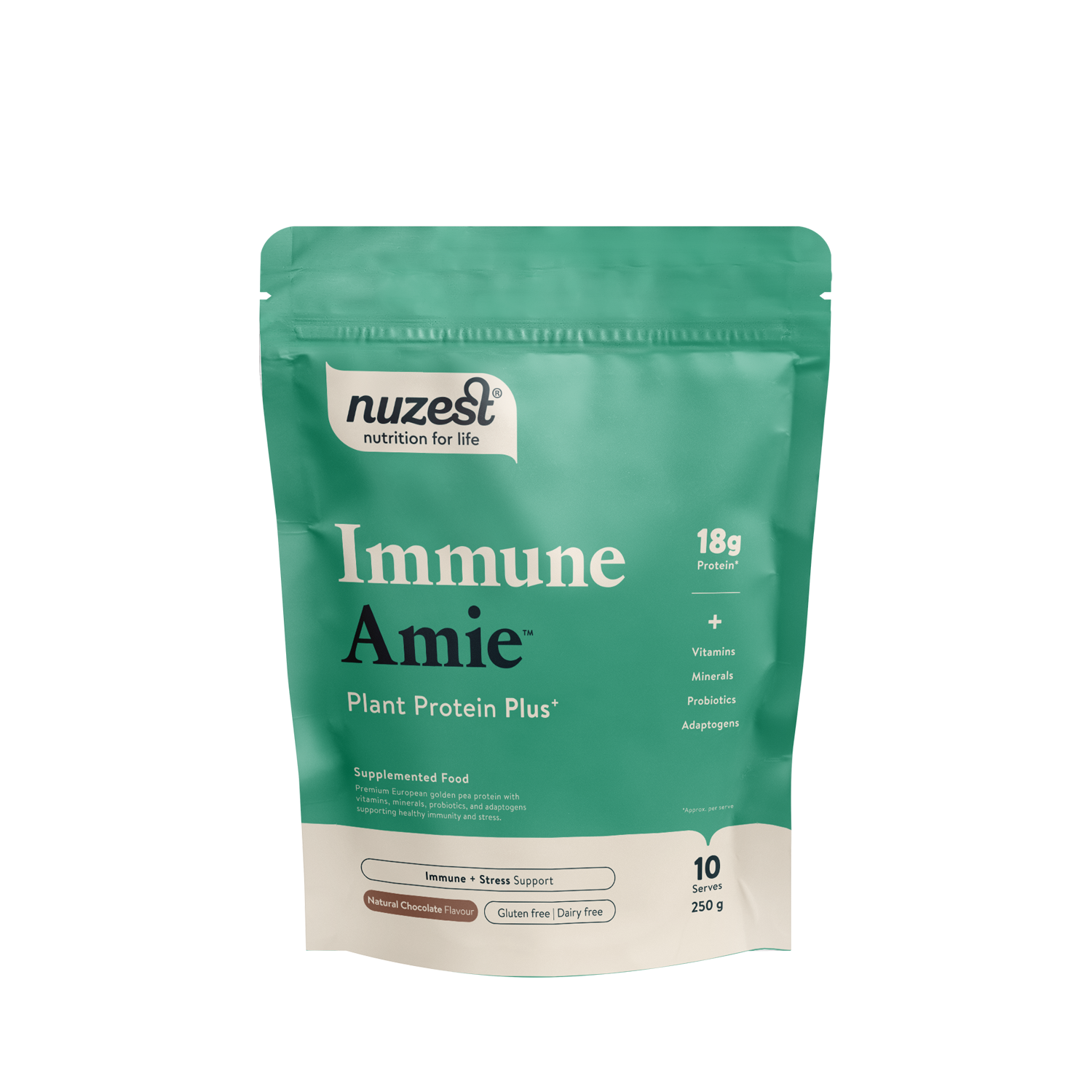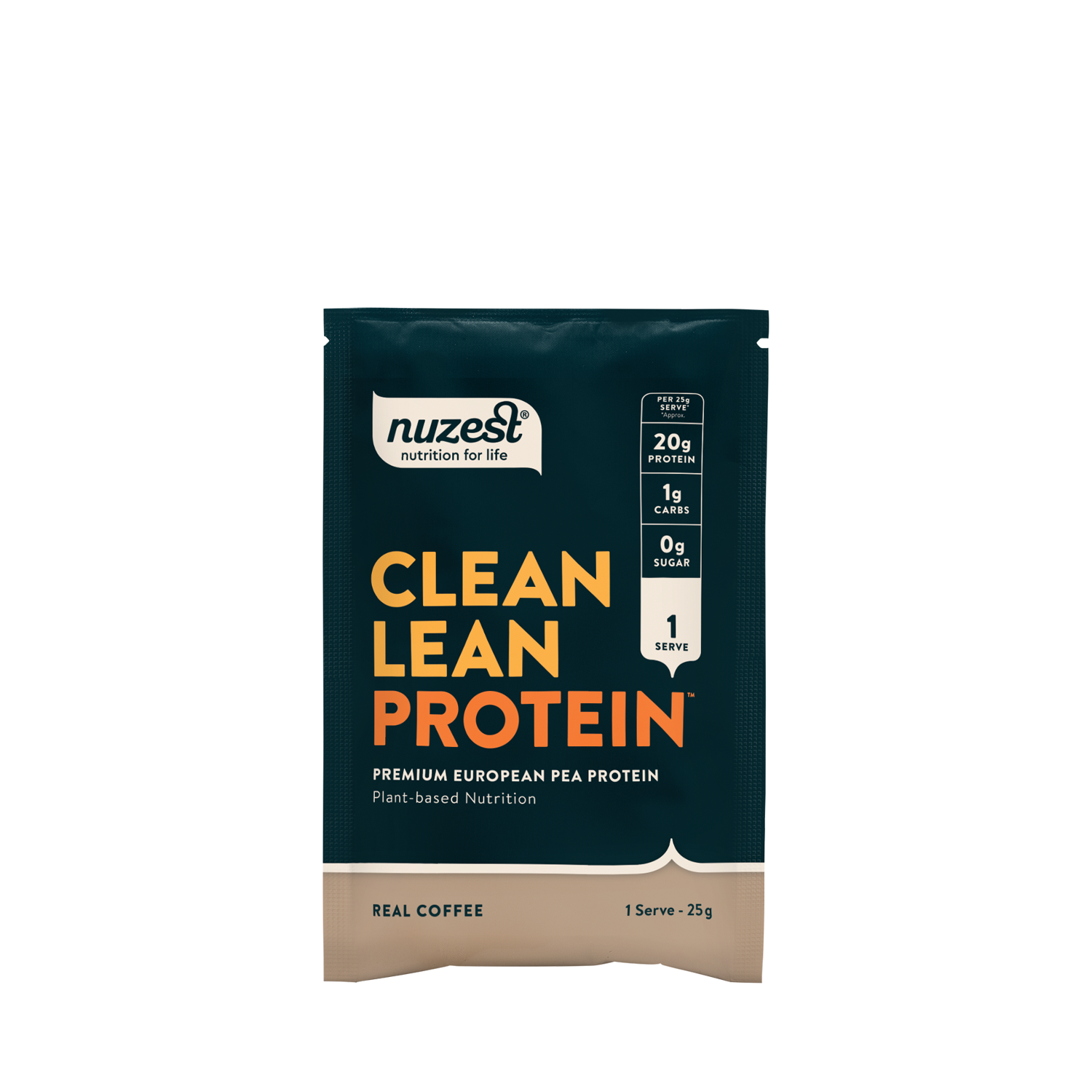Fennel seed
Foeniculum vulgare
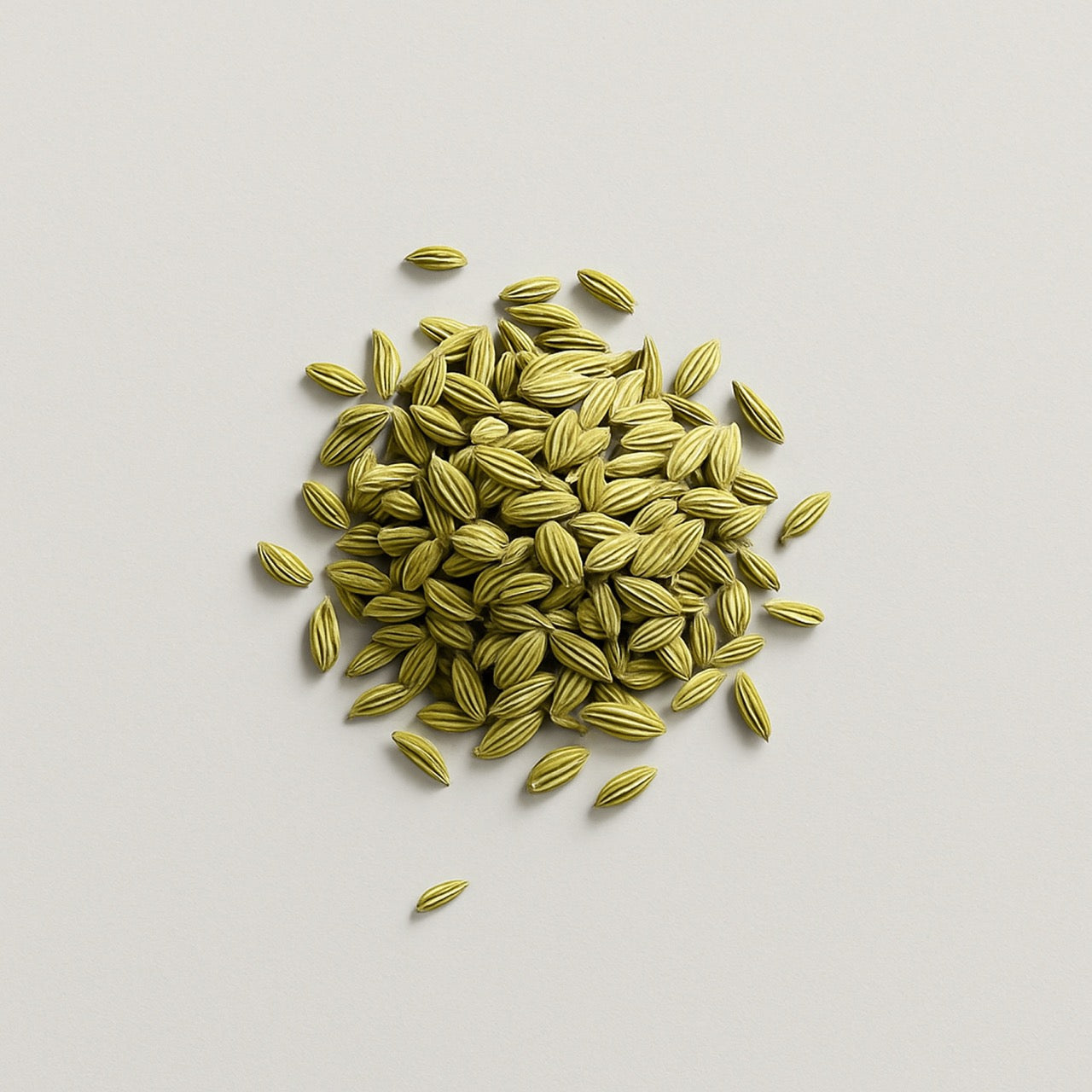
Fennel seed is the dried seed of the Foeniculum vulgare plant, commonly used as a spice and in herbal products. It has a distinct anise-like flavour.
Products:
Fennel Seeds vs. Cumin Seeds
Both fennel and cumin seeds have traditional uses supporting digestive health. Fennel seeds, characterised by their sweet, licorice-like flavour, are often used to help alleviate bloating and support digestive comfort. Cumin seeds, with their warm, earthy profile, have been studied for their potential role in modulating appetite and enhancing digestive function.¹ ²
Are Fennel Seeds Anti-Inflammatory?
Fennel seeds exhibit anti-inflammatory effects due to bioactive compounds that may help reduce inflammation. These properties could provide supportive benefits for conditions such as arthritis and digestive discomfort.³ ⁴
Fennel Seeds for Digestion and Gut Health
These seeds support digestive health by promoting gastrointestinal muscle relaxation and enhancing bile secretion. These actions may help alleviate symptoms such as bloating, gas, and indigestion, contributing to improved digestive function.⁵
Can Fennel Seeds Support Blood Sugar Regulation?
Emerging research suggests that fennel seeds may support healthy blood sugar regulation by improving insulin sensitivity. This makes them a potentially beneficial addition for those aiming to maintain balanced glucose levels and support metabolic health.⁶

